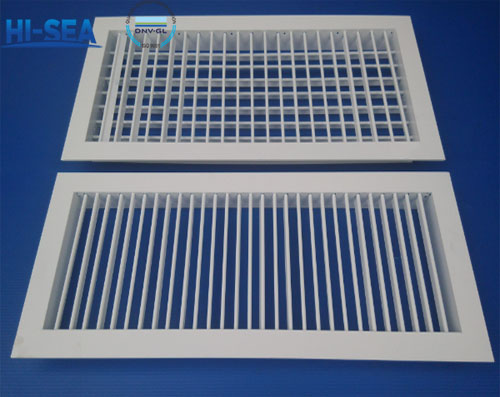
Differences between grille vents and louvered vents
A grille vent is a type of vent with a grille shape that is commonly used in building ventilation and air conditioning systems. It is characterized by allowing air to flow smoothly through the grille and be distributed to the room, while reducing noise, increasing air flux and improving indoor air quality.
A louvered air vent is a type of vent that consists of multiple matching louvered blades, which is characterized by the ability to adjust the air flow and direction by adjusting the angle of the louvered blades, as well as effectively preventing bugs and debris, such as dust and rainwater, from entering the room.
Overview
Differences in structure:
Grille vents usually have fixed blades and common types include sidewall grille vents and openable sidewall grille vents. These vents are used in locations where return air is required, such as washrooms and restrooms, and are characterized by an airflow that cannot be adjusted because the spacing between the grille panels is fixed.
Louvered air vents include single-layer louvered air vents and double-layer louvered air vents. The blades of single louvered air vent can adjust the up and down wind direction, while the inner and outer blades of double louvered air vent can adjust the spacing, so as to change the distribution of airflow and control the direction and speed of the wind.
Differences in function:
Grille air vents are mainly used for return air, common in the need for decorative return air vents, such as elevators, pipe openings and access ports of the decoration.
Louvered air vents are widely used in air supply and return, especially in the need to regulate the air volume of the occasion, such as centralized air-conditioning system at the end of the system.
Picture:






